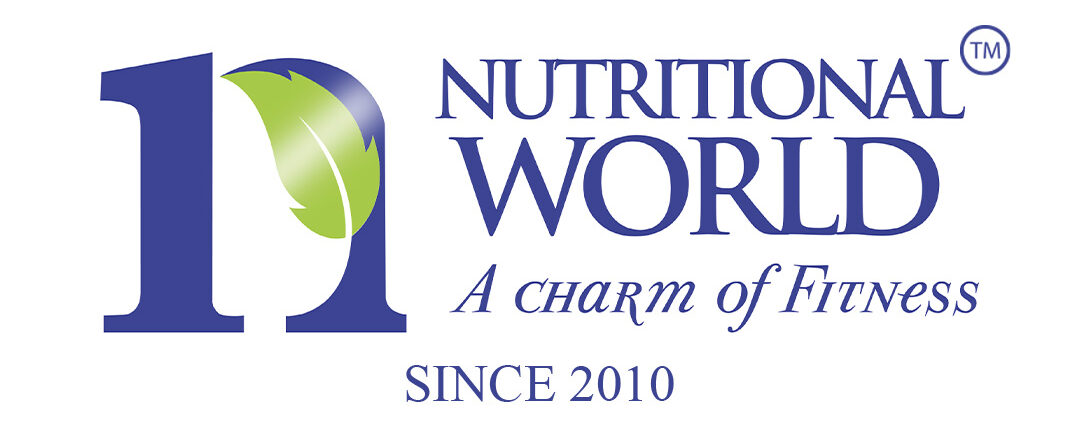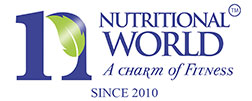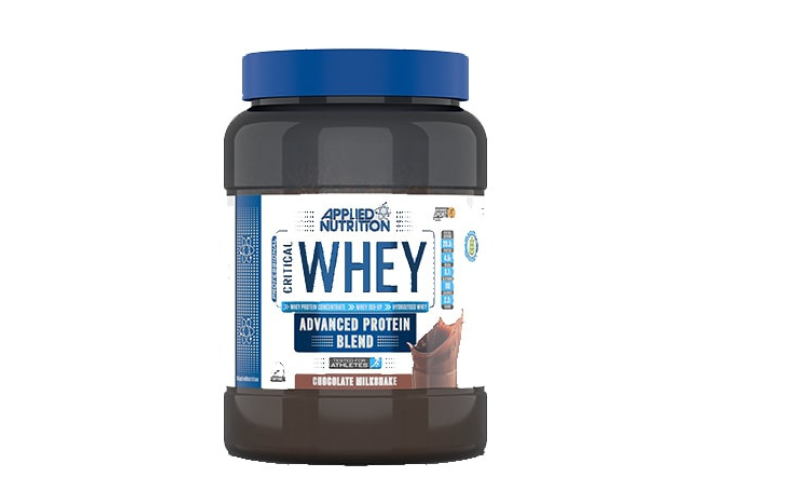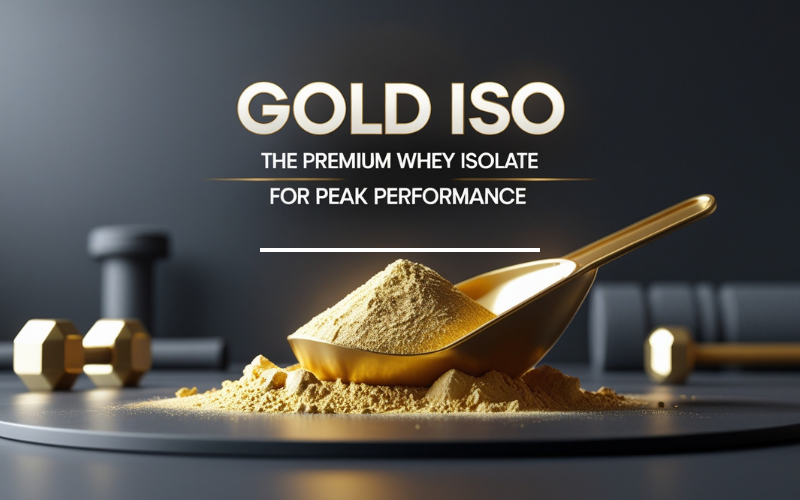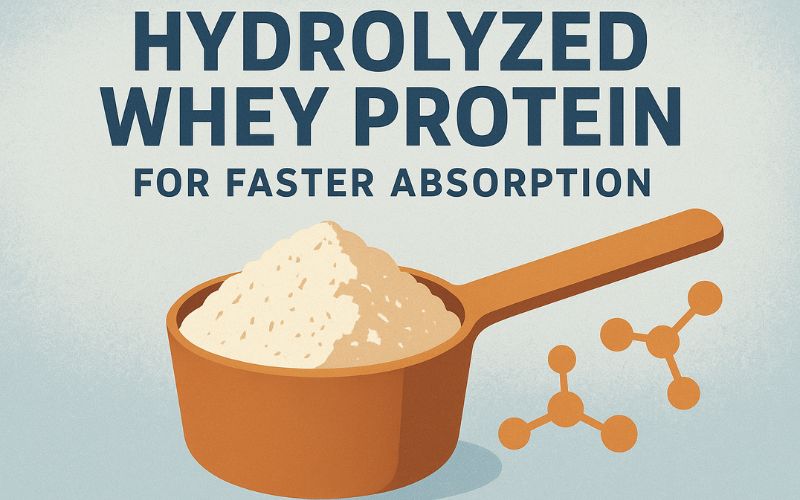Whey protein, often hailed as the king of protein supplements, is a byproduct of the cheese-making process. While cheese may be the final destination for curds, whey is the liquid left behind, packed with essential amino acids. These amino acids are the building blocks of protein, crucial for muscle recovery, immune function, and overall wellness.
Table of Contents
Key Facts About Whey Protein
What makes whey so unique is its high biological value. This term refers to how efficiently the body can absorb and utilize a protein source. Whey protein ranks among the highest, which is why it’s favored by athletes and fitness enthusiasts. However, the market is flooded with different options, making the selection process somewhat daunting.
Types of Whey Protein: Concentrate, Isolate, and Hydrolysate
When it comes to whey protein, not all forms are created equal. Understanding the difference between whey concentrate, isolate, and hydrolysate is key to making the right choice.
- Whey protein concentrate is the most basic form. It’s less processed and typically contains about 70-80% protein, with the remaining percentage composed of fats, carbs, and lactose. For those who tolerate dairy well and are looking for an affordable option, concentrate can be a good starting point.
- Whey protein isolate is a purer form, often boasting over 90% protein content. It’s been processed to remove most of the fats and lactose, making it a popular choice for those who are lactose intolerant or looking for a low-calorie option.
- Hydrolysate takes it one step further. This type of whey protein has been pre-digested, meaning it’s broken down into smaller peptides, which makes it easier and faster for your body to absorb. Athletes who need rapid muscle recovery after intense workouts might benefit from this, though it tends to come with a higher price tag.
Ingredients to Look for (and Avoid)
When evaluating whey protein, scrutinizing the ingredient list is crucial. High-quality whey protein should have minimal ingredients.
- Look for natural sweeteners like stevia or monk fruit instead of artificial ones like aspartame or sucralose. These artificial additives can cause digestive issues in some people and may not be the healthiest choice long term.
- Additionally, check for fillers. Some brands add unnecessary thickeners or oils, which dilute the protein content and add extra calories. Be cautious of proteins that boast overly exotic flavors, as they often contain more artificial chemicals than you’d want in a health supplement.
- On the flip side, consider products that contain added digestive enzymes like lactase or protease. These can aid in the digestion of the protein, especially if you have a sensitive stomach.
Choosing the Right Protein for Your Fitness Goals
Not all whey proteins are suitable for every fitness goal. If you’re trying to build muscle mass, you’ll want a whey protein that’s high in calories and includes additional nutrients like carbohydrates to fuel muscle growth. A blend of concentrate and isolate might work best here, offering a mix of fast absorption and nutritional value.
For those focusing on fat loss or maintaining lean muscle, whey isolate is likely your best bet. Its low-calorie and low-fat profile makes it ideal for keeping your protein intake high while minimizing additional caloric load.
If you’re an endurance athlete or involved in high-intensity training, whey hydrolysate can provide rapid recovery, helping your muscles bounce back quicker after a workout.
Evaluating Price and Quality Balance
The cost of whey protein varies widely, but a higher price tag doesn’t always equate to better quality. It’s important to weigh price against protein purity, digestibility, and the overall ingredient list. While some budget-friendly options offer decent protein content, they often come loaded with unnecessary fillers, sweeteners, and lower-grade sources of protein.
On the other hand, premium whey protein isolates or hydrolysates may offer superior digestibility and purity, but that doesn’t mean they’re a necessity for everyone. If your diet already provides most of the protein you need, a simpler whey concentrate might suffice without breaking the bank.
Look for brands that are transparent about sourcing. Whey proteins derived from grass-fed cows or certified organic farms tend to offer higher nutritional benefits and avoid exposure to pesticides or hormones often used in conventional dairy farming.
How to Incorporate Whey Protein into Your Routine
The versatility of whey protein makes it easy to include in your daily routine. While most people think of it as just a post-workout shake, there are plenty of other ways to get creative. You can mix whey into smoothies, oatmeal, or even your morning coffee for an added protein boost.
For those with more ambitious culinary skills, whey protein can also be used in baking—think protein pancakes, muffins, smoothies, shakes or even healthy brownies. Just be sure to adjust the liquid content, as protein powder tends to absorb more moisture.
Timing is another factor to consider. For maximum muscle recovery, it’s best to consume whey protein within 30 minutes to an hour after your workout. However, it can also serve as a convenient snack between meals to help maintain steady protein intake throughout the day.
